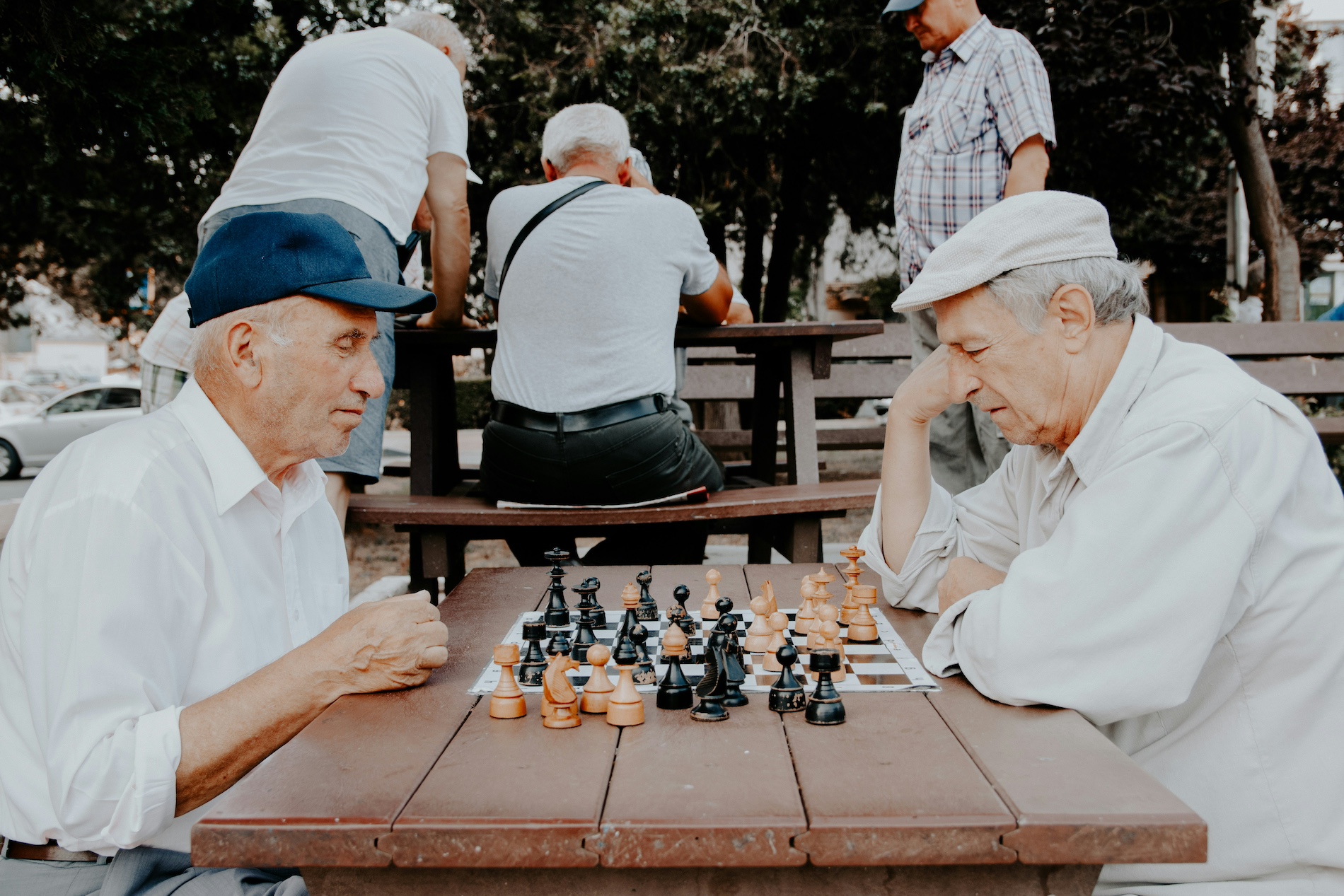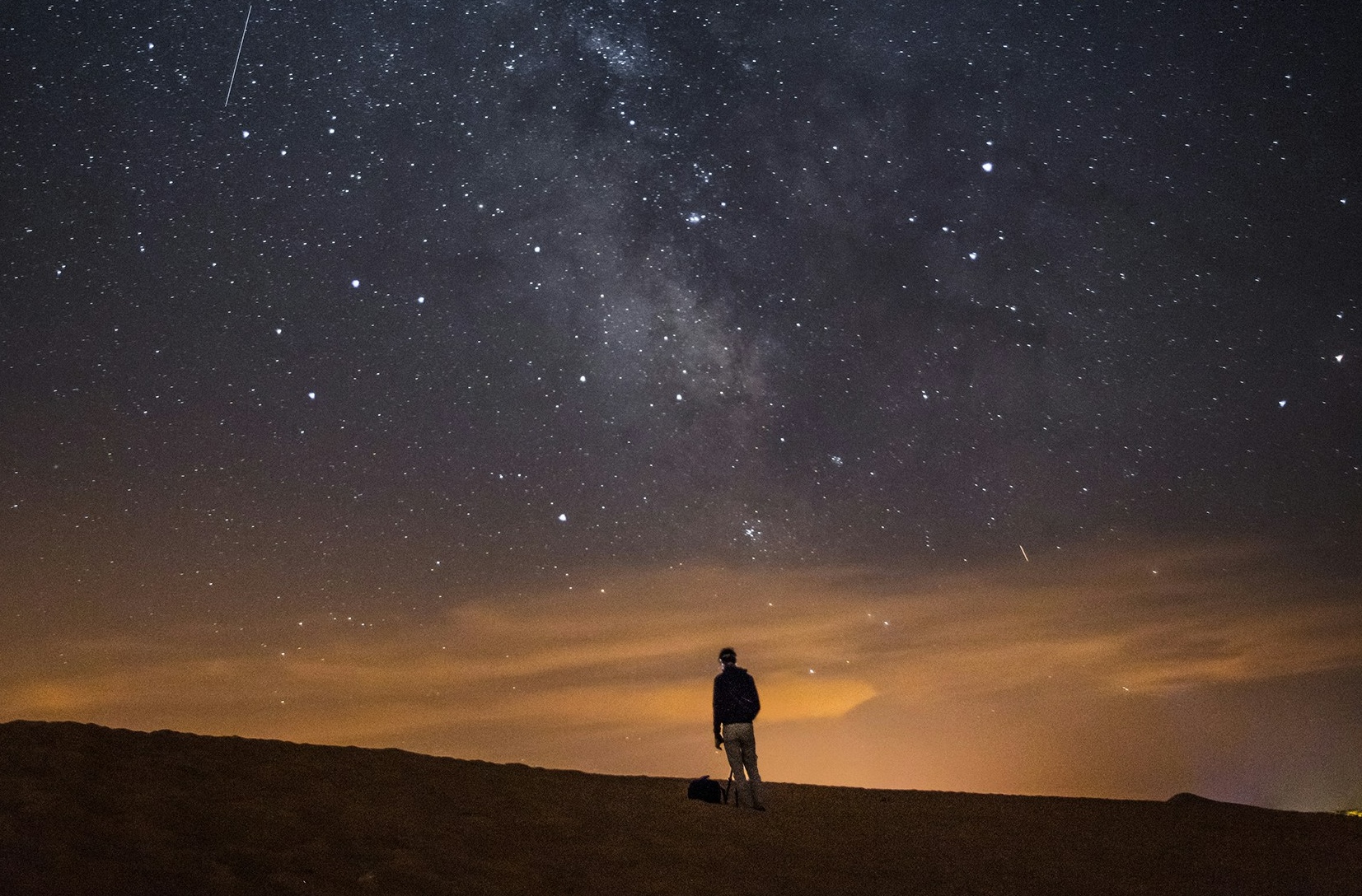We live in a peculiar time. Walk past any playground, and you’ll hear parents and teachers enthusiastically encouraging children to play, understanding intuitively that play is essential for their development. Yet somewhere along the path to adulthood, we developed a curious belief: that being “grown up” means leaving playfulness behind. We’ve created a false dichotomy between being serious and being playful, as if the two couldn’t possibly coexist in the same space.
This separation isn’t just arbitrary—it’s deeply problematic. By abandoning playfulness in our adult lives, we’re actually discarding one of humanity’s most sophisticated evolutionary adaptations. Think of it this way: nature has given us two primary responses to the world around us. The first is our stress response—that ancient survival mechanism that triggers our fight, flight, or freeze reactions when we perceive danger. It’s brilliant at keeping us alive in moments of genuine threat, focusing all our resources on immediate survival.
But nature didn’t stop there. It gave us a second, equally powerful system: our capacity for playfulness. When our ancestors perceived that the immediate environment was safe, this system activated, driving them to explore, experiment, and imagine new possibilities. While the stress response kept us alive in moments of danger, playfulness enabled us to thrive and evolve, pushing us beyond the boundaries of what we already knew.
The elegance of this dual system served us remarkably well throughout human history. The stress response would kick in when a predator was nearby, keeping us safe in the cave. But once the coast was clear, our playful nature would emerge, encouraging us to venture out, discover new territories, and imagine new ways of doing things. This interplay between caution and exploration, between stress and play, helped shape human civilisation itself.
Yet our modern world has created an unexpected challenge. While we rarely face physical predators anymore, we’ve constructed a landscape filled with psychological threats—deadline pressures, performance reviews, social media comparisons, economic uncertainties. These modern stressors continuously trigger our ancient stress response, keeping us in a state of high alert. We’re essentially living as if there’s always a predator outside the cave, never getting the all-clear signal that would naturally activate our playful response.
The consequences of this constant stress state are profound. When we’re stuck in survival mode, we lose access to some of our most sophisticated cognitive and creative capabilities. Innovation becomes harder. Adaptation feels impossible. We see challenges as threats rather than opportunities. It’s like trying to navigate a complex maze while constantly looking over our shoulder for dangers—we simply can’t access the mental freedom needed to see the bigger picture or imagine new possibilities.
This is where understanding the evolutionary purpose of playfulness becomes crucial. Playfulness isn’t just about having fun—it’s our natural mode for learning, adapting, and thriving in complex environments. When we’re playful, we enter a state where we’re simultaneously relaxed and engaged, creative and focused. It’s a state that evolved specifically to help us navigate uncertainty and find new solutions to challenges.
Consider how children naturally approach new situations through play. They experiment without fear of failure, learn through trial and error, and readily adapt their strategies based on what they discover. This isn’t just charming childhood behaviour—it’s human learning and adaptation in its purest form. Somewhere along the way, we’ve convinced ourselves that this approach becomes less valuable as we age, when in reality, it becomes more essential than ever in our rapidly changing world.
The irony is that we’re living in an era that demands more adaptability and creative thinking than ever before. We face challenges our ancestors couldn’t have imagined—artificial intelligence, climate change, rapidly shifting social structures. Yet instead of embracing our natural capacity for playful adaptation, we’ve trapped ourselves in stress responses that actually reduce our ability to handle complexity and change effectively.
“stress keeps us alive in moments of danger, but playfulness helps us thrive in times of change”
The science behind playfulness reveals something remarkable: when we enter a playful state, our brains operate in ways that perfectly match the demands of our complex, rapidly changing world. Research shows that during playful engagement, we experience increased neural plasticity, enhanced pattern recognition, and improved creative problem-solving abilities. It’s as if playfulness unlocks a different operating system in our minds—one specifically designed for innovation and adaptation.
Consider how this plays out in real situations. When faced with a challenging problem, our stress response might push us to fall back on established solutions, even when they’re clearly not working. But in a playful state, we naturally explore alternatives, combine ideas in novel ways, and remain open to unexpected possibilities. This isn’t just theory—companies like IDEO and Pixar have built their success on understanding this fundamental truth, creating environments where playful exploration leads to breakthrough innovations.
The evidence for playfulness as a catalyst for resilience is equally compelling. Studies of high-performing teams show that those who maintain playful approaches during challenges consistently outperform groups stuck in serious, stress-driven modes. They’re better at bouncing back from setbacks, more likely to find innovative solutions, and more effective at maintaining team cohesion under pressure. It’s not that they take challenges less seriously—rather, they engage with them more effectively.
But here’s where traditional business thinking often gets it wrong. Many organisations still operate on industrial-era assumptions that equate seriousness with effectiveness and playfulness with frivolity. They create environments that inadvertently suppress our natural capacity for playful engagement, then wonder why innovation and adaptation become so difficult. It’s like installing a high-performance engine in a car, then never giving it the right fuel to run properly.
The business case for playfulness becomes even clearer when we look at the challenges organisations face today. In a world where artificial intelligence is rapidly transforming entire industries, our competitive advantage increasingly lies in distinctly human capabilities—creativity, emotional intelligence, and adaptive thinking. These are precisely the capabilities that flourish in playful states and diminish under chronic stress.
Research from neuroscience and organisational psychology points to specific ways playfulness enhances our professional capabilities:
First, it improves our ability to handle ambiguity. When we’re playful, we’re more comfortable exploring uncertain territories and finding opportunities within challenges. This isn’t just helpful—it’s essential in a business environment where change is the only constant.
Second, playfulness strengthens our capacity for meaningful connection. In playful states, we’re more empathetic, better at reading social cues, and more likely to build trust with others. As remote work and digital transformation reshape how we collaborate, these skills become increasingly crucial.
Third, and perhaps most importantly, playfulness accelerates learning. When we approach new situations with playful curiosity rather than anxious seriousness, we absorb information more effectively and adapt more readily to new circumstances.
So how do we begin reclaiming our natural playful state? The process starts with recognition—understanding that playfulness isn’t an add-on or a nice-to-have, but a fundamental part of human capability. This means creating environments that actively nurture rather than suppress playful engagement.
At the organisational level, this might involve:
- Redesigning physical and virtual workspaces to encourage exploration and experimentation
- Adjusting meeting structures to include elements of playful engagement
- Recognising and rewarding innovative thinking, even when it doesn’t immediately lead to practical outcomes
- Building psychological safety that makes it okay to experiment and fail
But perhaps most importantly, it requires a shift in how we think about ourselves as professionals. The future doesn’t belong to those who are simply serious or simply playful—it belongs to those who understand how to blend both qualities, knowing when to deploy each in service of greater goals.
As we face unprecedented challenges—from climate change to technological disruption—our capacity for playful engagement becomes more vital than ever. It’s not just about making work more enjoyable (though that’s a worthy outcome). It’s about accessing our full range of human capabilities at a time when we desperately need them.
The question isn’t whether playfulness has a place in our professional lives—the evidence clearly shows it does. The real question is whether we’re brave enough to embrace this truth and create environments that nurture rather than suppress our natural capacity for playful engagement. In doing so, we might not just build better organisations—we might rediscover what it truly means to be human in an increasingly complex world.
Remember: stress keeps us alive in moments of danger, but playfulness helps us thrive in times of change. As we navigate an era defined by transformation, which response do you think we need more?



